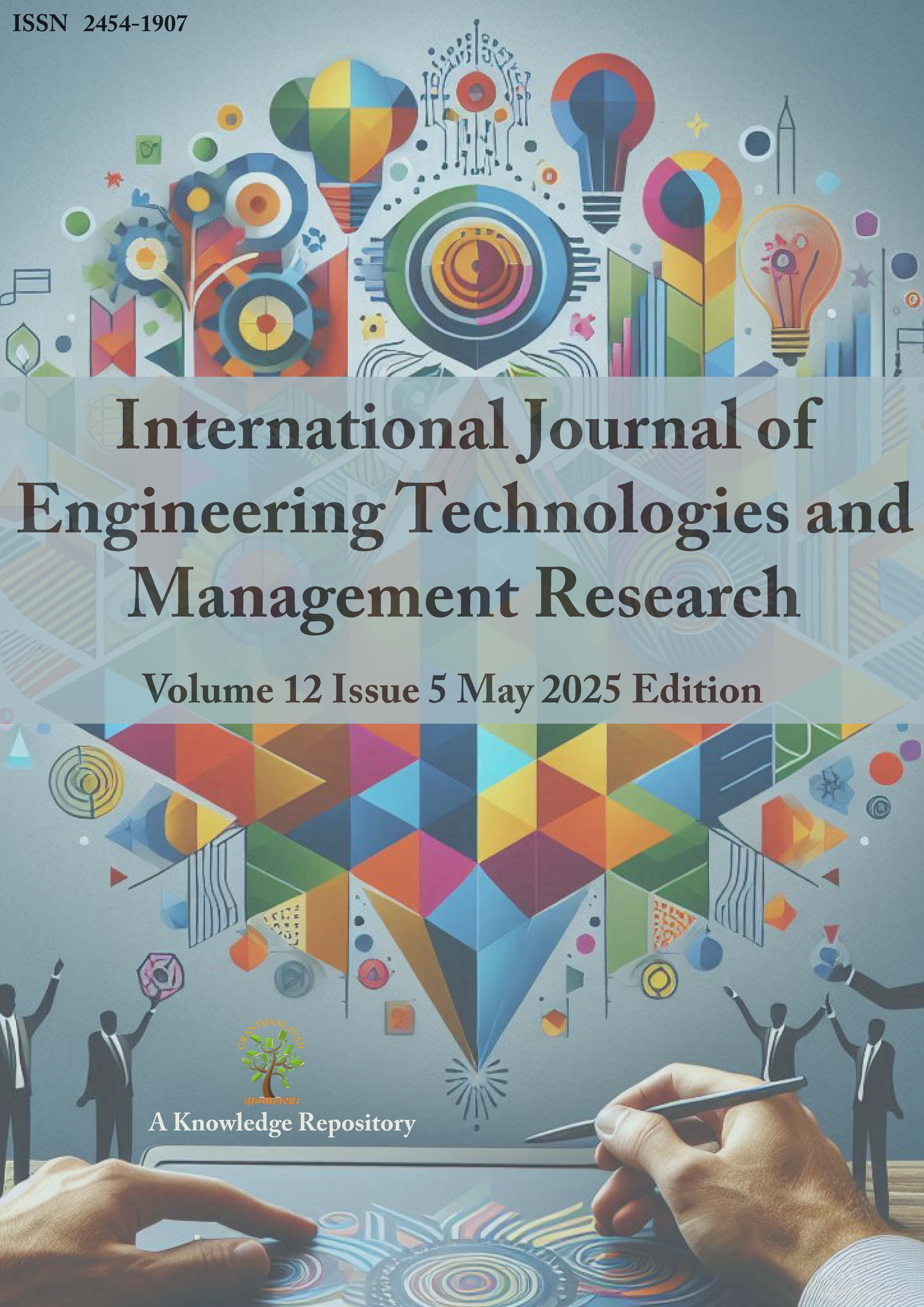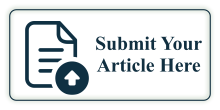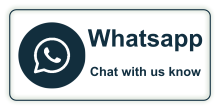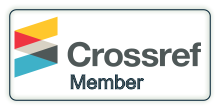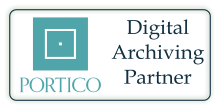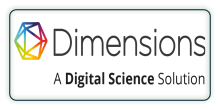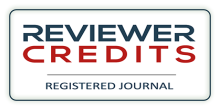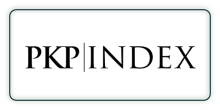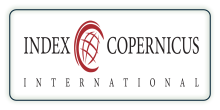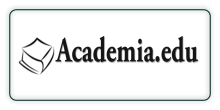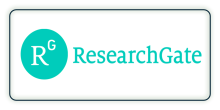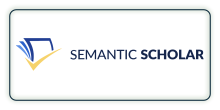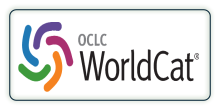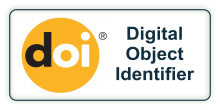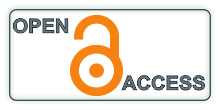THE SHELLFISH INDUSTRY IN INDONESIA: ECONOMIC SIGNIFICANCE, SUSTAINABILITY CHALLENGES AND COMMUNITY EMPOWERMENT
DOI:
https://doi.org/10.29121/ijetmr.v12.i5.2025.1594Keywords:
Blood Shells, Sustainable Economic Development, Community Participation, WasteAbstract
The main objectives of this study us to explore the shellfish industry in Indonesia, examining its economic significance, production trends, export potential, and challenges in sustainable practices. The study investigates key issues such as shellfish waste utilization and community empowerment, focusing on gender roles un communities. The research design involved a comprehensive literature review, analyzing relevant studies, reports, and data on shellfish production, processing and trade. Methodologically, the study assessed the ecological role of shellfish in marine ecosystems and its economic contribution to coastal livehoods. The results indicate that the shellfish industry is an important component of the Indonesian economy but faces significant challenges, including inadequate infrastructure and limited market access. Furthermore, utilizing shellfish waste for value-added products shows great promise, while community empowerment, especially for women, is critical to strengthening the industry’s resilience. The study concludes that processing techniques and infrastructure improvements are neede to ensure the industry’s sustainability and competitiveness. Enhancement of gender-focused empowerment policies and programs is recommended to support long-term growth and ecological stability.
Downloads
References
Abubakar, S., Kadir, M. A., Serosero, R. H., Subur, R., Widiyanti, S. E., Susanto, A. N., & Rina, R. (2021). Pemanfaatan Limbah Cangkang Kerang Untuk Produk Kerajinan Tangan Masyarakat Pesisir. Jurnal Pengabdian Magister Pendidikan IPA, 4(4). https://doi.org/10.29303/jpmpi.v4i4.1010
Amali, L. M., & Akib, F. H. Y. (2023). Pemberdayaan Wanita Nelayan Melalui Souvenir Kerajinan Cangkang Kerang Dalam Meningkatkan Perekonomian Di Desa Pohuwato Kecamatan Marisa: Empowering fIshermen Women Through Shell Craft Souvenirs in Improving the Economy in Pohuwato Village, Marisa District. PengabdianMu: Jurnal Ilmiah Pengabdian Kepada Masyarakat, 8(4), 505–513. https://doi.org/10.33084/pengabdianmu.v8i4.4703
Andika, R., & Safarizki, H. A. (2019). Pemanfaatan Limbah Cangkang Kerang Dara (Anadara Granosa) Sebagai Bahan Tambah Dan Komplemen Terhadap Kuat Tekan Beton Normal. Media Komunikasi Dunia Ilmu Sipil (Modulus), 1(1), 1–6. https://doi.org/10.32585/modulus.v1i1.374
Ardiani, S., Rahmayanti, H. D., Akmalia, N., & Nulhakim, L. (2024). Pelatihan Pembuatan Cangkang Kerang Menjadi Kerajinan Tangan (Bros) Di Muara Angke, Jakarta Utara. Jurnal Pengabdian Masyarakat Progresif Humanis Brainstorming, 7(4), 964–971.
Ayu Thannia, N. (2022). Pemanfaatan Limbah Cangkang Kerang Laut Sebagai Bahan Pembuatan Suvenir Di Muthi Kerang Kabupaten Barru, 1.
BPS. (2020). Buletin Statistik Perdagangan Luar Negeri Ekspor Menurut Kelompok Komoditi dan Negara, Desember 2020. (S. S. Ekspor, Ed.), Physical Review Letters (Vol. 17). BPS RI (Badan Pusat Statistik Republik Indonesia).
Dampang, S., Purwanti, E., Destyorini, F., Kurniawan, S. B., Abdullah, S. R. S., & Imron, M. F. (2021). Analysis of Optimum Temperature And Calcination Time in the Production of Cao Using Seashell Waste as Caco₃ Source. Journal of Ecological Engineering, 22(5), 221–228. https://doi.org/10.12911/22998993/135316
Gumilar, I., Zharfan, H. A., Rizal, A., & Nurhayati, A. (2021). The Exchange Rate Analysis of Fishery Product Processors in Bandung Regency, Indonesia. Asian Journal of Fisheries and Aquatic Research, 14(1), 10. https://doi.org/10.9734/AJFAR/2021/v14i130286
Halimah, S., Afrilian, M., & Maulana, I. (2023). Pemberdayaan Ibu-Ibu Pkk Dalam Pendayagunaan Limbah Kulit Kerang Menjadi Produk Kreatif Di Kelurahan Gadingrejo Kota Pasuruan. KHIDMAH: Jurnal Pengabdian Masyarakat, 3(2), 103–108. https://doi.org/10.55210/khidmah.v3i2.246
KKP. (2020). Kelautan dan Perikanan Dalam Angka Tahun 2020 (Marine and Fisheries in Figures 2020). (M. 1. Rikrik Rahadian, SE, S. S. 2. Dhina Arriyana, & S. P. 3. Susiyanti, Eds.) (Vol. 8). Pusat Data, Statistik dan Informasi The Center for Data, Statistics and Information.
Mahendra, Y., Asfar, A. H., Ainulhaq, N., Pratiwi, I., Quraysin, I., Riyanto, A., … Rohmah, S. (2023). Pemanfaatan Limbah Cangkang Kerang Sebagai Alternatif Pembuatan Kerajinan Cinderamata Wisata Pantai Gope Karangantu Banten. Jurnal Abdimas Ilmiah Citra Bakti, 4(4), 744–758. https://doi.org/10.38048/jailcb.v4i4.2275
Muhammadun, M., & Al Ihfa, N. Q. (2022). Literasi Jualan Online Untuk Meningkatkan Pemasaran Hasil Kerajinan Pada Komunitas Industri Kreatif Cangkang Kerang Di Kota Parepare. JMM (Jurnal Masyarakat Mandiri), 6(2), 1369–1382. https://doi.org/10.31764/jmm.v6i2.7235
Murdinah, M. (2009). Penanganan Dan Diversifikasi Produk Olahan Kerang Hijau. Squalen Bulletin of Marine and Fisheries Postharvest and Biotechnology, 4(2), 61–71. https://doi.org/10.15578/squalen.v4i2.149
Musapana, S., & Amalia, I. R. (2020). Kerajinan Limbah Cangkang Kerang Sebagai Alternatif Pembuatan Bros Ramah Lingkungan Tambakrejo Semarang. Abdi: Jurnal Pengabdian Dan Pemberdayaan Masyarakat, 2(1), 58–66. https://doi.org/10.24036/abdi.v2i1.54
Muttaqin, R. M., Wicaksono, A., Widiana, I. N., Asnifa, S., Noviyanti, M., & Mustaqim, M. (2023). Pelatihan Pemanfaatan Limbah Cangkang Kerang Dengan Metode 3p (Pembersihan, Pembuatan, Dan Penjualan) Di Desa Banjar Kemuning. Jurnal Pengabdian Magister Pendidikan IPA, 6(4), 931–937.
Nastiti, R. A., Krisnawatie, A., Agustin, D., Herlanda, R., & Ramadhan, D. (2024). Inovasi Pengolahan Limbah Cangkang Kerang Sebagai Produk Unggulan Desa Wisata Pesisir. Abdi: Jurnal Pengabdian Dan Pemberdayaan Masyarakat, 6(3), 614–621. https://doi.org/10.24036/abdi.v6i3.878
Noor, N. M. (2015). Prospek Pengembangan Usaha Budidaya Kerang Hijau (Perna viridis) Di Pulau Pasaran, Bandar Lampung. Aquasains, 3(2), 239–246.
Noviani, Y., Bathara, L., & Arief, H. (2020). Analisis Kelayakan Usaha Rendang Kerang Di Kecamatan Bangko Kabupaten Rokan Hilir Provinsi Riau. Jurnal Sosial Ekonomi Pesisir, 1(1), 67–73.
Otoritas Jasa Keuangan (OJK). (2022). OJK 2022, 59–90.
Pusat Data, Statistik, dan Informasi. (2020). Kelautan Dan Perikanan Dalam Angka Tahun 2020: Marine and Fisheries in Figures 2020 (Vol. 8). Pusat Data, Statistik dan Informasi.
Sagita, A., Kurnia, R., & Sulistiono, S. (2017). Budidaya Kerang Hijau (Perna Viridis L.) Dengan Metode Dan Kepadatan Berbeda Di Perairan Pesisir Kuala Langsa, Aceh. Jurnal Riset Akuakultur, 12(1), 57–68. https://doi.org/10.15578/jra.12.1.2017.57-68
Soebandriyo, S. (2015). Analisis Produksi Perikanan Laut, Budidaya Laut, Tambak, Dan Kolam, Perikanan Tangkap Di Kabupaten Rembang. Jurnal Litbang Provinsi Jawa Tengah, 13(1), 25–43.
Sri Harnani, E., Ginanti, E., Ikhsan, N. M., Arvalen, B., Sunarko, M., & Sulla, R. M. M. M. (2023). Strategi Pemberdayaan Ibu Rumah Tangga Dalam Produksi Abon Kerang Di Desa Tambak Rejo Kecamatan Sumbermanjing Wetan Kabupaten Malang. Jurnal Pengabdian Masyarakat, 1(1), 83–95.
Tehuayo, E., Tubalawony, J., Tabelessy, W., Pelupessy, M. M., & Ralahallo, F. N. (2024). Pemasaran Digital: Era Baru Pengembangan Umkm Di Desa Kampung Baru-Banda Neira Maluku Tengah. Community Development Journal: Jurnal Pengabdian Masyarakat, 5(1), 2249–2255.
Tim Perikanan WWF-Indonesia. (2015). Perikanan Kerang—Panduan Penangkapan Dan Penanganan. WWF-Indonesia (1st ed.).
Upare, B. S. (2024). Financing Innovations for Sustainable Small-Scale, 47–51.
Yunus, Y. E., Yamin, M., Gau, A. D. T., Zamzam, S., Yunus, M. Y., & Irwandi, A. (2023). Potensi Limbah Cangkang Kerang Sebagai Kerajinan Sederhana Rumah Tangga Di Desa Jampue Kecamatan Lanrisang Kabupaten Pinrang. Hippocampus, 2(1), 88–92. https://doi.org/10.47767/hippocampus.v2i1.539
Published
How to Cite
Issue
Section
License
Copyright (c) 2025 Asmaul Husnah Asrum, Arzu Morkoyunlu

This work is licensed under a Creative Commons Attribution 4.0 International License.
License and Copyright Agreement
In submitting the manuscript to the journal, the authors certify that:
- They are authorized by their co-authors to enter into these arrangements.
- The work described has not been formally published before, except in the form of an abstract or as part of a published lecture, review, thesis, or overlay journal.
- That it is not under consideration for publication elsewhere.
- That its release has been approved by all the author(s) and by the responsible authorities – tacitly or explicitly – of the institutes where the work has been carried out.
- They secure the right to reproduce any material that has already been published or copyrighted elsewhere.
- They agree to the following license and copyright agreement.
Copyright
Authors who publish with International Journal of Engineering Technologies and Management Research agree to the following terms:
- Authors retain copyright and grant the journal right of first publication with the work simultaneously licensed under a Creative Commons Attribution License (CC BY-SA 4.0) that allows others to share the work with an acknowledgment of the work's authorship and initial publication in this journal.
- Authors can enter into separate, additional contractual arrangements for the non-exclusive distribution of the journal's published version of the work (e.g., post it to an institutional repository or edit it in a book), with an acknowledgment of its initial publication in this journal.
- Authors are permitted and encouraged to post their work online (e.g., in institutional repositories or on their website) before and during the submission process, as it can lead to productive exchanges, as well as earlier and greater citation of published work.
For More info, please visit CopyRight Section

